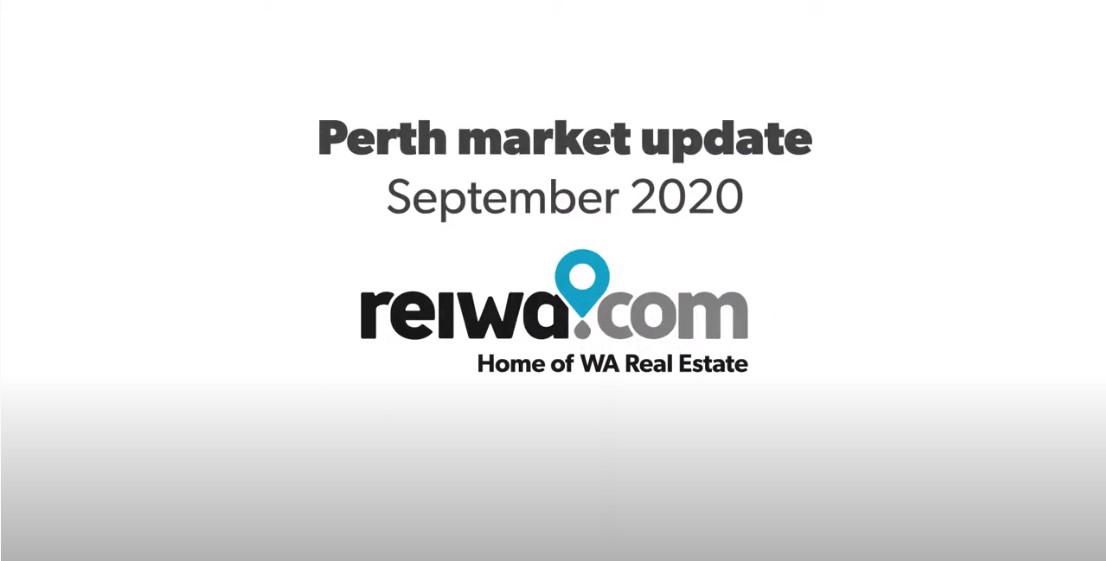Investing in new or old properties
There are property investors who swear by brand new properties as giving them best return while there are other very successful investors who prefer to put their dollars in established homes.
Factors include depreciation, stamp duty savings, rent, vacancy rate, repairs and maintenance, and government grants. We’ll touch on a couple here.
Some investors will say that all things being equal, it is impossible for a new property to outperform an old one. Are they right 100 per cent of the time? More than likely not, because for every investor who says this, another will have a great success story from a new property.
It is the investor’s choice of strategy that matters. Perhaps the perfect portfolio for you personally is a combination of old and new.
New properties are often marketed as having high depreciation benefits. But what about ‘appreciation’ – otherwise known as capital growth?
Imagine this: Property ‘old’ has a total value of $500,000, made up of land value ($300,000) and building value ($200,000). Property ‘new’ has a total value of $500,000, made up of land value ($200,000) and building value ($300,000). The new-build clearly has the most depreciation benefits. However, land appreciates. Let’s say it doubled for both in a few years. The ‘old’ property is now sitting on $600,000; and the ‘new’ on $400,000. After that many years and building depreciation coming into play (building value of $160,000 for ‘old’ and $240,000 for ‘new), total value looks like $760,000 for ‘old’ and $640,000 for the ‘new’. Both these properties cost the same to buy. In this example, there’s $120,000 difference after a few years.
And where and while capital gains tax exists, things are worse for the new property buyer should they decide to sell. Every cent claimed in depreciation over the life of ownership gets taken off the cost base, which means you end up paying more capital gains tax and a lot of your tax savings might be clawed back by the ATO.
Here’s something else to think about – cash flow. Older properties tend to have higher maintenance expenses than newer properties, and those higher maintenance costs are tax deductible. On the other hand, the newer property might give you higher rental income.
Some will argue that new properties enjoy higher tenant demand and therefore tend to suffer less from low vacancy rates. However, if the new property you buy is, for example, one apartment or home in a large complex or development where many properties are coming on to the rental market at the same time, landlords are going to compete for tenants – and rentals might see higher vacancies.
Whether you decide to invest in new or old, base your decision on logic, data and maths – and what is the right financial strategy for you at the time.
SOURCE: RE/MAX Australia



